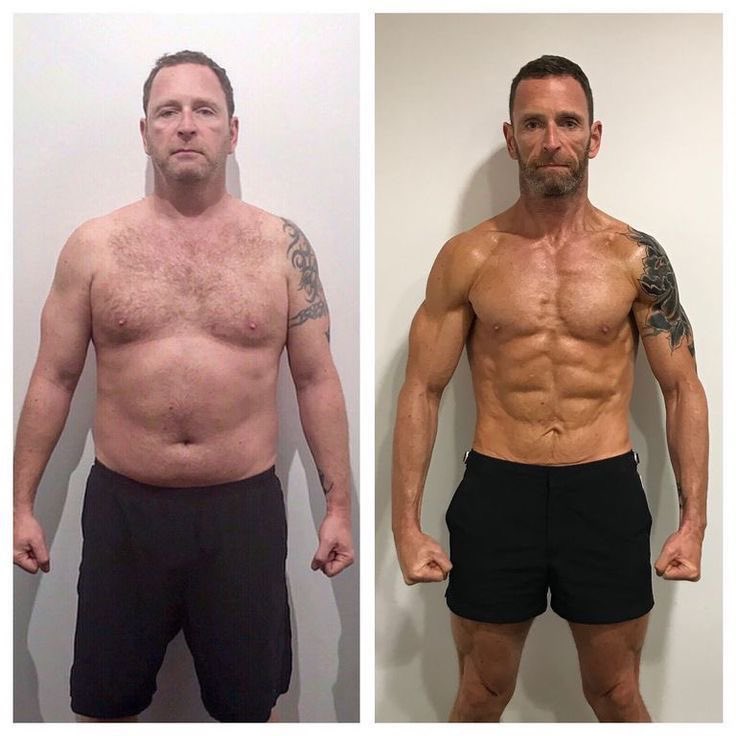Fasting for 72 hours is the best medicine on Earth.
It triggers your body to "eat up" tumors, inflammation, and toxins.
It's literally a doctor within.
Here's how to fast correctly (according to science):

It triggers your body to "eat up" tumors, inflammation, and toxins.
It's literally a doctor within.
Here's how to fast correctly (according to science):

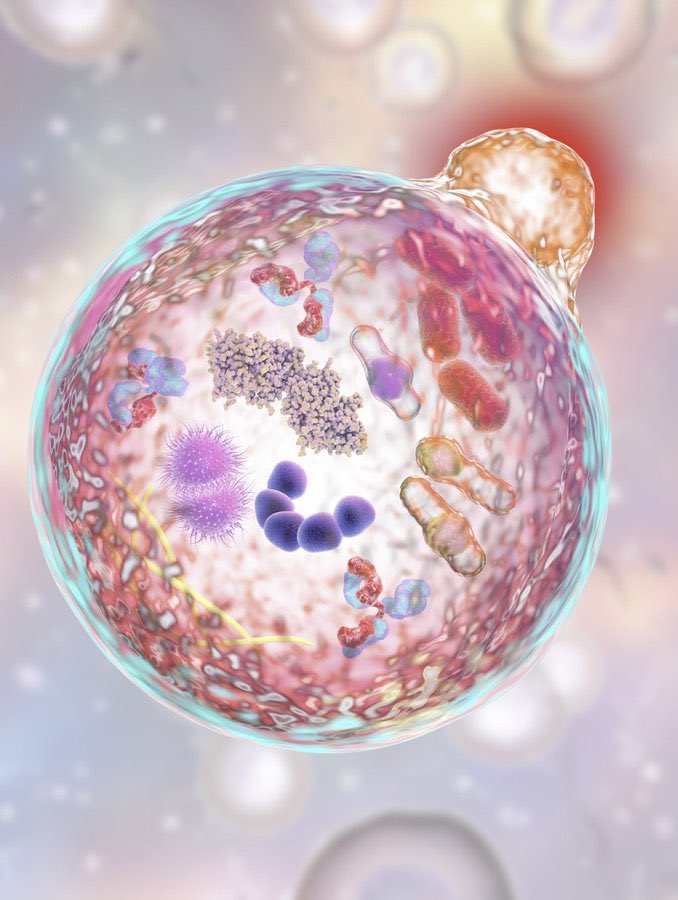
Most people think fasting is just about weight loss or giving your digestive system a break.
But the "magic" occurs at the cellular level through autophagy.
This is where your body literally begins to eat itself.
Let me explain:
But the "magic" occurs at the cellular level through autophagy.
This is where your body literally begins to eat itself.
Let me explain:
Autophagy = the cell’s self-cleaning process
When you fast for an extended period, your cells begin to break down and recycle damaged proteins, faulty mitochondria, and even potentially cancerous cells in their early stages.
It’s like your body finally gets a chance to clear out the built-up waste that contributes to inflammation and illness.
When you fast for an extended period, your cells begin to break down and recycle damaged proteins, faulty mitochondria, and even potentially cancerous cells in their early stages.
It’s like your body finally gets a chance to clear out the built-up waste that contributes to inflammation and illness.
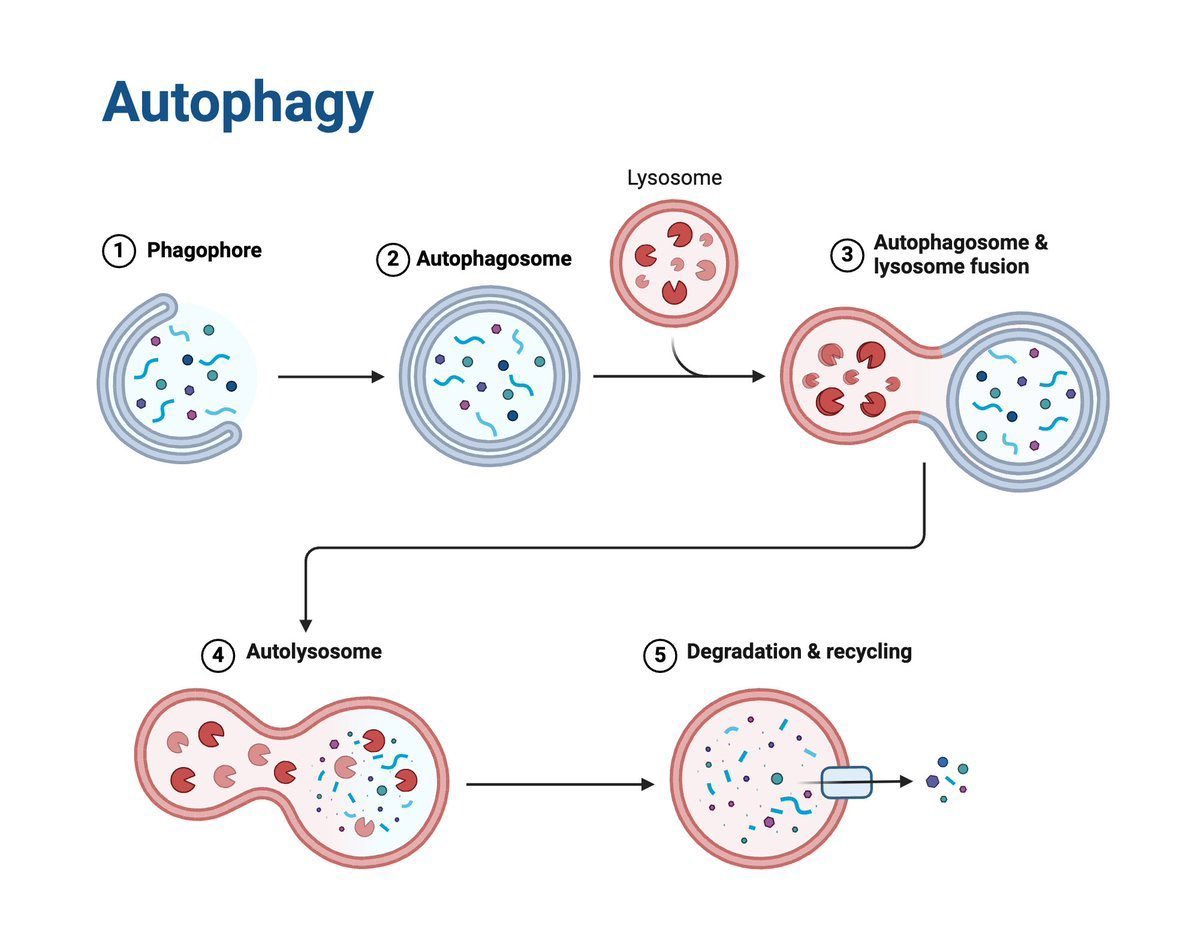
What does the science say about fasting?
A 2014 study from the University of Southern California found that 72-hour fasts can stimulate stem cell-driven regeneration of white blood cells, effectively "resetting" the immune system.
Fasting is widely recognized for its benefits across a range of health conditions.
But why is it so effective? Because...
A 2014 study from the University of Southern California found that 72-hour fasts can stimulate stem cell-driven regeneration of white blood cells, effectively "resetting" the immune system.
Fasting is widely recognized for its benefits across a range of health conditions.
But why is it so effective? Because...

It addresses a root cause often overlooked by modern medicine:
The accumulation of cellular waste, damaged proteins, and weakened mitochondria fuels chronic inflammation.
By clearing out this internal clutter, your body creates the conditions for natural healing to take place.
Now that you understand the science behind it, here’s how to successfully complete a 72-hour fast:
The accumulation of cellular waste, damaged proteins, and weakened mitochondria fuels chronic inflammation.
By clearing out this internal clutter, your body creates the conditions for natural healing to take place.
Now that you understand the science behind it, here’s how to successfully complete a 72-hour fast:
Before You Begin: Prep Your Body (2–3 Days in Advance)
Start intermittent fasting using the 16:8 method at least three days before your extended fast.
This means eating all your meals within an 8-hour window and fasting for the remaining 16 hours each day.
Doing this helps your body gradually transition into fat-burning mode, making the extended fast easier and more effective.
Start intermittent fasting using the 16:8 method at least three days before your extended fast.
This means eating all your meals within an 8-hour window and fasting for the remaining 16 hours each day.
Doing this helps your body gradually transition into fat-burning mode, making the extended fast easier and more effective.
In the days leading up to your fast, gradually reduce carbohydrates and increase healthy fats.
This helps transition your body into a state of ketosis before the fast officially begins, making the process smoother and more effective.
Focus on nutrient-rich fats like avocados, extra virgin olive oil, grass-fed butter, and MCT oil.
This helps transition your body into a state of ketosis before the fast officially begins, making the process smoother and more effective.
Focus on nutrient-rich fats like avocados, extra virgin olive oil, grass-fed butter, and MCT oil.
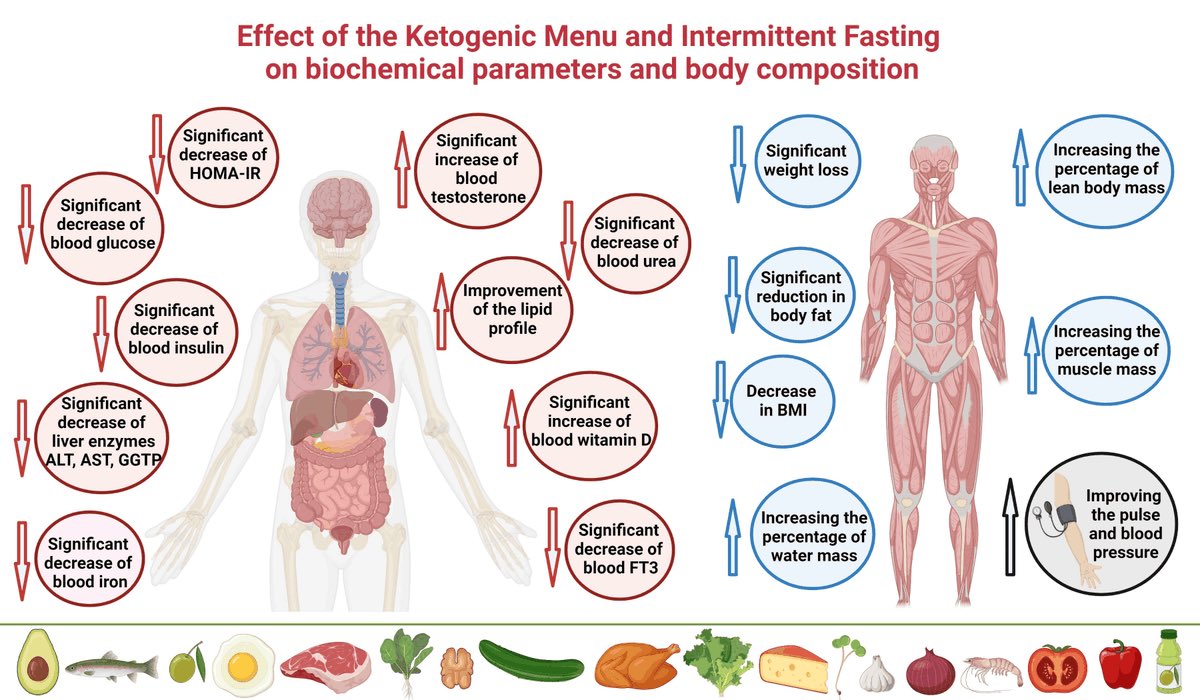
Hours 0-24: The Challenge Phase
The first 24 hours are challenging but manageable.
Your body is shifting to fat burning, causing hunger, irritability, and energy shifts. This is normal and temporary.
Your hunger hormone ghrelin begins to stabilize after the first day.
The first 24 hours are challenging but manageable.
Your body is shifting to fat burning, causing hunger, irritability, and energy shifts. This is normal and temporary.
Your hunger hormone ghrelin begins to stabilize after the first day.
Hours 24–48: The Transition Phase
By around 36 hours in, many people experience a noticeable boost in mental clarity and energy. This happens as your brain shifts to using ketones—a cleaner, more efficient fuel than glucose.
During this phase, growth hormone levels can increase by up to 300%, helping to maintain muscle mass while significantly ramping up fat burning.
This is the point where fat loss begins to accelerate.
By around 36 hours in, many people experience a noticeable boost in mental clarity and energy. This happens as your brain shifts to using ketones—a cleaner, more efficient fuel than glucose.
During this phase, growth hormone levels can increase by up to 300%, helping to maintain muscle mass while significantly ramping up fat burning.
This is the point where fat loss begins to accelerate.
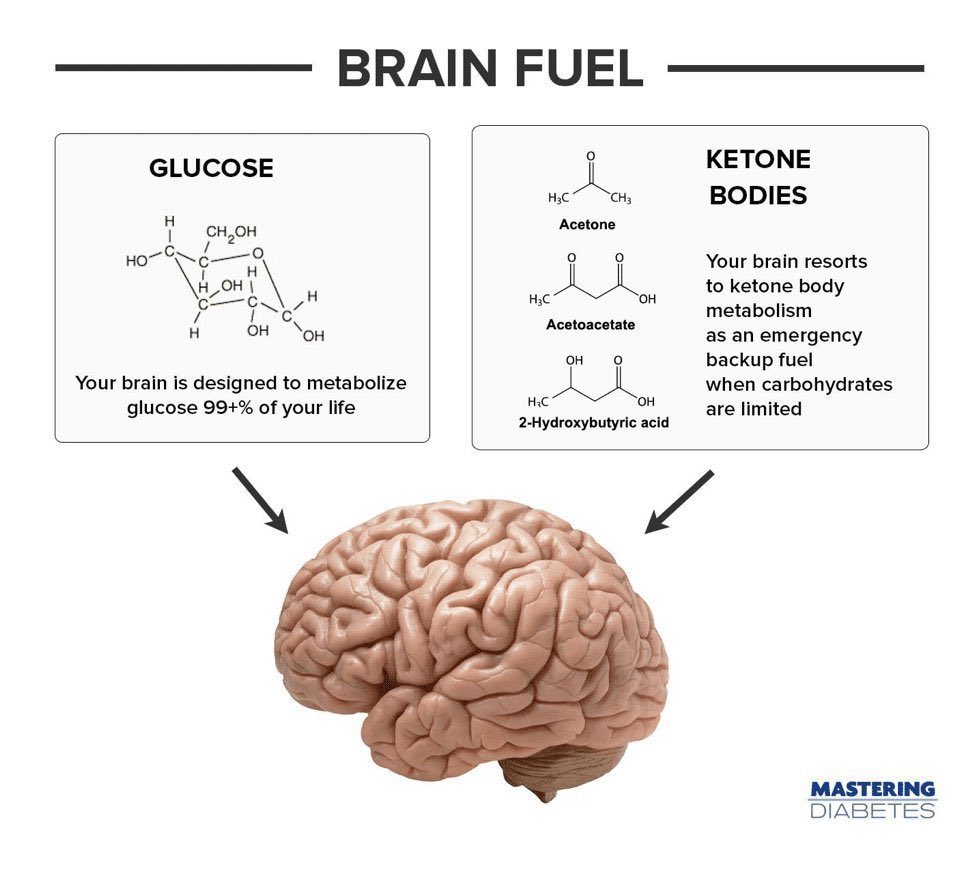
Hours 48-72: The Healing Phase
The final 24 hours are where the most profound healing occurs.
Chronic joint pain can disappear as well as other positive changes during this phase.
Brain fog lifts as inflammation recedes.
The final 24 hours are where the most profound healing occurs.
Chronic joint pain can disappear as well as other positive changes during this phase.
Brain fog lifts as inflammation recedes.
What Can You Have During a 72-Hour Fast?
To support your fast without breaking it, stick to the following:
Pure water – still or sparkling
Black coffee – no cream, sugar, or sweeteners
Plain tea – herbal or traditional, with no additives
Electrolytes – sodium, potassium, and magnesium (as previously outlined) to maintain balance and prevent fatigue
These options help keep you hydrated, sustain energy levels, and ensure your body stays in a true fasted state.
To support your fast without breaking it, stick to the following:
Pure water – still or sparkling
Black coffee – no cream, sugar, or sweeteners
Plain tea – herbal or traditional, with no additives
Electrolytes – sodium, potassium, and magnesium (as previously outlined) to maintain balance and prevent fatigue
These options help keep you hydrated, sustain energy levels, and ensure your body stays in a true fasted state.
The most important part: how to break a fast?
• Start with bone broth
• Wait 1 hour, then have 1-2 scrambled eggs/avocado
• Wait another hour before eating a small meal with protein and healthy fats
• Avoid all carbs, sugar, and processed foods for at least 24 hours after
• Start with bone broth
• Wait 1 hour, then have 1-2 scrambled eggs/avocado
• Wait another hour before eating a small meal with protein and healthy fats
• Avoid all carbs, sugar, and processed foods for at least 24 hours after

Let’s be honest—going 72 hours without food isn’t easy.
The first time is the toughest. The second time is still a challenge, but much more manageable. By the third, you’ll be surprised at how natural it feels.
Your body adapts quickly. Each fast becomes easier—and the benefits start to compound with every round.
The first time is the toughest. The second time is still a challenge, but much more manageable. By the third, you’ll be surprised at how natural it feels.
Your body adapts quickly. Each fast becomes easier—and the benefits start to compound with every round.
30 days is all you need to change your life.
Get '100 Mental Models' to:
• Make better decisions
• Learn critical thinking
• Excel at everything
• Live a happy life
Get it now👇
gumroad.com/a/9448147/AxfYH
Get '100 Mental Models' to:
• Make better decisions
• Learn critical thinking
• Excel at everything
• Live a happy life
Get it now👇
gumroad.com/a/9448147/AxfYH
If you find this thread valuable:
1. Follow me (@DivineManhood) for more.
2. Retweet the 1st tweet below to share this thread.
1. Follow me (@DivineManhood) for more.
2. Retweet the 1st tweet below to share this thread.
• • •
Missing some Tweet in this thread? You can try to
force a refresh





